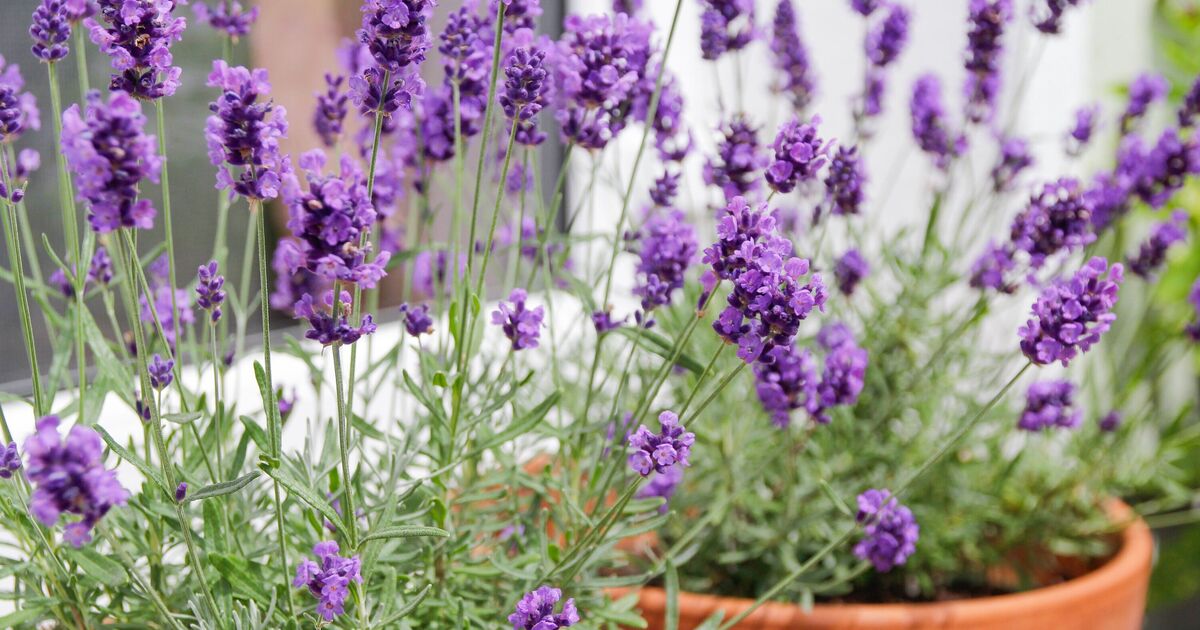Aside from its gorgeous, warm purple hues, lavender can offer a number of benefits for your garden as it helps attract pollinators and repels insects.
This Mediterranean shrub is relatively low maintenance and oozes a delightful fragrance to enjoy when pottering around in the garden during summertime.
Lavender can come in several varieties and, when cared for correctly, can decorate your garden for around 15 years, or as many as 20 years in some cases, while the tender types last for roughly five.
As mentioned, bees and butterflies gorge on lavender, so it can help keep its neighbours in bloom as well as repelling pests with its strong, aromatic scent, overwhelming their sense of smell, making it difficult for them to locate their targets.
These shrubs can cope with temperatures as low as around -15°C, meaning, once planted, they can be left in the garden all year round, but there is one key to make them thrive with more blooms each summer.
Online gardening resource, Gardeners’ World, recommends the prime planting phases for lavender come from February until the end of May and once more from August to October.
You can expect to see your crop of lavender flowers from April through to the end of September, but there is a vital window to take advantage of when it comes to pruning.
“Prune after flowering,” Gardeners’ World suggests, adding “typically in August or September. Cut back quite hard, but don’t cut into old wood, as the plant will rarely regrow from such wood.
“Half-hardy lavenders, such as Lavandula stoechas, flower for a long season but may not survive winter. Prune after their first flush of flowers have faded but avoid pruning any later than early September.”
For more tender types, such as Lavandula dentata, you’re recommended to deadhead and prune only if the plant becomes shabby.
“Lavender can become very leggy, bearing few flowers,” the post continues. “The reason for this is lack of, or poor, pruning.”
A common mistake for this is that many often just deadhead hardy varieties, which can lead to leggy plants without many flowers. This will also shorten the lifespan of the plant.
To fix this, prune in mid-August to just above green shoots, though this is not guaranteed to yield results.
If you don’t spot new shoots within the next few weeks, it may be worth starting over again.
It is also advised to take ‘semi-ripe’ cuttings from your lavender in the later summer months, removing non-flowering shoots, about 10cm long, with a woody base and a tip with new growth.
Then, pull off some of the lower leaves before filling plastic pots with peat-free multi-purpose compost, watering well and pushing the cuttings into the earth.
Be sure that about 1-2cm of stem is below the surface when doing so, and cover pots with a clear plastic bag and place in a light and airy spot, such as a greenhouse.

